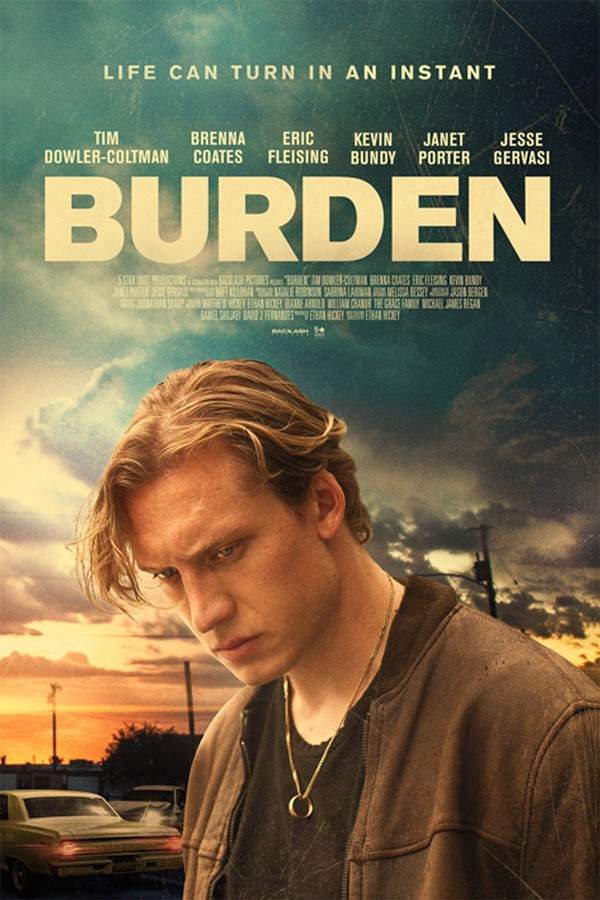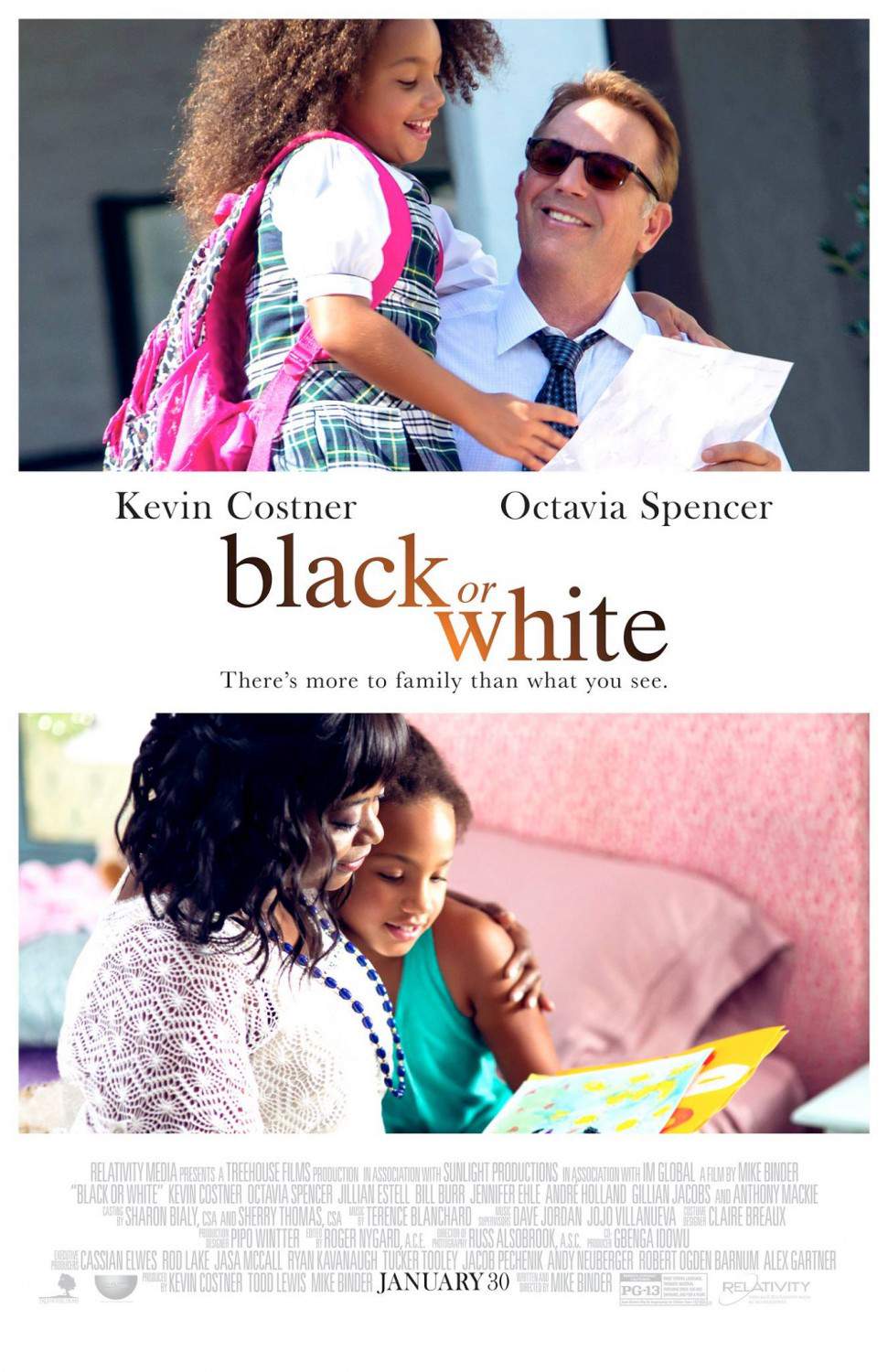
White Man’s Burden
Year: 1995
Runtime: 89 mins
Language: English
Director: Desmond Nakano
In an America where black elites dominate and whites are confined to inner‑city ghettos, Louis Pinnock, a white chocolate‑factory worker, is mistaken for a voyeur while delivering a package for black CEO Thaddeus Thomas. He loses his job, is beaten by police and evicted, then grabs a gun, kidnaps Thomas and demands justice.
Warning: spoilers below!
Haven’t seen White Man’s Burden yet? This summary contains major spoilers. Bookmark the page, watch the movie, and come back for the full breakdown. If you're ready, scroll on and relive the story!
White Man’s Burden (1995) – Full Plot Summary & Ending Explained
Read the complete plot breakdown of White Man’s Burden (1995), including all key story events, major twists, and the ending explained in detail. Discover what really happened—and what it all means.
At a lavish dinner at the home of Thaddeus Thomas, a wealthy CEO, a chilling stereotype is voiced: white people are “genetically inferior” because their children grow up without fathers. This controversial point of view sets the tone for a story that braids personal desperation with a wider social divide, and it foreshadows the coming clash of two men from starkly different worlds.
Trying to improve his life, Louis Pinnock, a white candy factory worker with little education, takes a bold step to redeem himself: he offers to deliver a package to Thomas after his shift. He is allowed onto the Thomas property by a white gatekeeper, and in a moment that will haunt him, he accidentally glimpses Thomas’s wife through a window. The sight sparks alarm, and Thomas immediately complains to the company’s vice-president, expressing a desire for a different delivery man rather than a “peeping Tom.” The vice-president, sensing the political charge of the moment, fires Pinnock on the spot. This firing is not merely a professional setback; it becomes a catalyst for a decline that will ripple through Pinnock’s life.
Pinnock returns, seeking a chance to clear up the misunderstanding, but Thomas is tied up in an important business meeting and cannot meet. He sends a polite apology and promises to see what can be done, yet Pinnock is left without recourse. With no education, few connections, and limited options, Pinnock struggles to find work and support his family. The family faces eviction, and the police arrive with the landlord to enforce it—Pinnock’s wife and their two children are forced to vacate their home. The weight of poverty presses down, and Pinnock’s mother-in-law makes it clear there is no room for him at her house.
A broken-down truck forces Pinnock to walk, and later that night the police mistake him for a bank robber because he “fits the description.” A bar crowd erupts, bottles fly, and the police are driven back by the growing mob outside. Pinnock is beaten, and the scene underscores how quickly fear and anger can spiral into violence. From this moment, the path to justice—and to a humanity-saving connection between the two men—will become perilously entangled.
In a desperate bid for restitution, Pinnock kidnaps Thomas at gunpoint, demanding a sum he believes will right the wrongs done to him and his family. He forces Thomas to endure a weekend in his own neighborhood, a place where the realities of poverty, segregation, and daily indignities press close to every corner. Thomas remains prickly and unsympathetic for much of the journey, accusing Pinnock of being a failure who blames the world for his problems. Yet Pinnock persists, taking Thomas through the ghetto to an abandoned building, hoping to expose him to a world he has tried to forget.
During this perilous excursion, Thomas experiences moments of raw exposure to life as Pinnock lives it—moments that begin to shift his perspective. The trip becomes a tense exchange, a confrontation that forces both men to confront their biases and the cost of a system that has left Pinnock without safety nets. Thomas’s demeanor evolves as he witnesses the resilience, struggles, and small rituals that define daily life in Pinnock’s world. But the emotional arc reaches a grim apex when Thomas suffers a heart attack; Pinnock’s CPR attempts fail to save him, and the moment becomes a stark reminder of the fragility of life when social divides feel insurmountable.
The crisis culminates in a violent confrontation as Pinnock, trying to draw in the authorities by signaling with a burst of shattered storefront windows, is shot and killed by police who mistake him for an armed threat. The death underscores the lethal consequences that can arise when fear, bias, and those divides collide in moments of crisis.
In the aftermath, the chastened CEO visits Pinnock’s grieving widow to offer money he believes could make amends. She refuses the gesture, and with a quiet, devastating line she reframes the question of compensation: “And how much do you think would be enough?” The question lingers, a stark reminder that money cannot heal the deep wounds caused by prejudice and inequality. The film closes on this somber note, inviting viewers to reckon with the pressures of unspoken grievances and the fragile line between justice and tragedy.
This story stacks intimate human moments—the fear of unemployment, the humiliation of eviction, the bite of bias, the stubborn pull of pride—against a broader social critique. It uses the relationship between these two men to probe how fear and misunderstanding can escalate into violence, and how a single misread act can ripple outward, transforming lives in unforeseeable ways. The result is a stark, unflinching look at the costs of racism and economic disparity, told through a tense, character-driven narrative that never shies away from its troubling questions.
“genetically inferior” because their children grow up without fathers.
Last Updated: October 09, 2025 at 09:33
Unlock the Full Story of White Man’s Burden
Don't stop at just watching — explore White Man’s Burden in full detail. From the complete plot summary and scene-by-scene timeline to character breakdowns, thematic analysis, and a deep dive into the ending — every page helps you truly understand what White Man’s Burden is all about. Plus, discover what's next after the movie.
White Man’s Burden Timeline
Track the full timeline of White Man’s Burden with every major event arranged chronologically. Perfect for decoding non-linear storytelling, flashbacks, or parallel narratives with a clear scene-by-scene breakdown.

Characters, Settings & Themes in White Man’s Burden
Discover the characters, locations, and core themes that shape White Man’s Burden. Get insights into symbolic elements, setting significance, and deeper narrative meaning — ideal for thematic analysis and movie breakdowns.

Similar Movies to White Man’s Burden
Discover movies like White Man’s Burden that share similar genres, themes, and storytelling elements. Whether you’re drawn to the atmosphere, character arcs, or plot structure, these curated recommendations will help you explore more films you’ll love.
Explore More About Movie White Man’s Burden
White Man’s Burden (1995) Scene-by-Scene Movie Timeline
White Man’s Burden (1995) Movie Characters, Themes & Settings
White Man’s Burden (1995) Spoiler-Free Summary & Key Flow
Movies Like White Man’s Burden – Similar Titles You’ll Enjoy
Black and White (2000) Complete Plot Breakdown
Burden (2020) Complete Plot Breakdown
Black or White (2015) Ending Explained & Film Insights
White Boy (2002) Detailed Story Recap
Burden (2018) Plot Summary & Ending Explained
White Hot (1988) Film Overview & Timeline
Two Distant Strangers (2020) Ending Explained & Film Insights
White Lie (1991) Full Movie Breakdown
Nothing But a Man (1964) Detailed Story Recap
White Bondage (1937) Complete Plot Breakdown
Black Legion (1937) Movie Recap & Themes
A Man in Full (1000) Film Overview & Timeline
The Lost Man (1969) Full Summary & Key Details
Black Fury (1935) Movie Recap & Themes
No Way Out (1950) Movie Recap & Themes

















